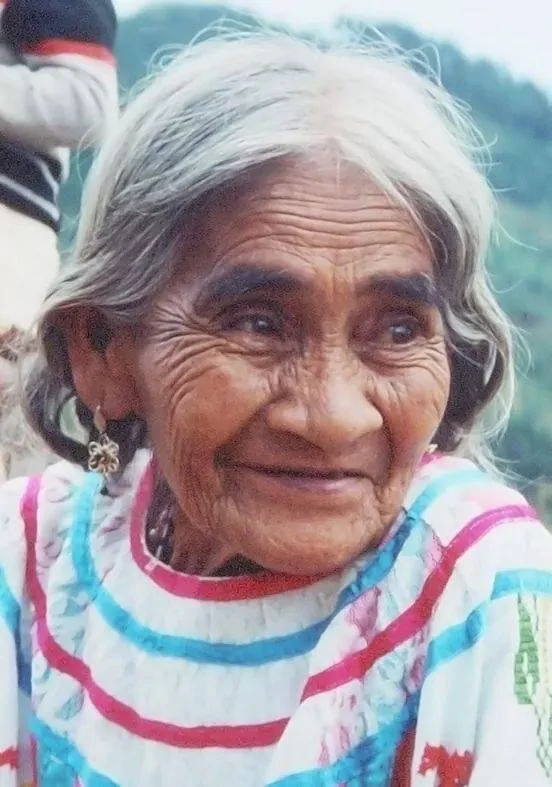Going back to the beginning…
I am a woman who looks into the inside of things, says
I am the woman of light, says
I am the morning star woman, says
I am the woman of the great expanse of the waters, says
Because I can go up to heaven, says
Because I can go over the expanse of the divine sea, says
Calmly says
Without mishap, says
With sap, says
With dew, says
~ Maria Sabina
Let us always remember the Mazatec mothers and grandmothers who have devoted their lives to healing others through their relationship with the “little saints” (psilocybin mushrooms). Learn more:
Out of the Dark by Stephie Grob Plante
“The shepherd of psychedelic mushroom research was a woman.
She wasn’t the first to harness their medicinal power or, in the word of the casual western psilocybin enthusiast, their “magic.” But she was the first to share their secrets with the west. Before hippies, before Tim Leary advised his disciples to turn on, tune in and drop out, and before a photo essay titled “Seeking the Magic Mushroom” appeared in 1957’s Life magazine, there was María Sabina.
Sabina had performed the velada mushroom ceremony for more than thirty years when an eccentric New York banking executive from JPMorgan named R. Gordon Wasson arrived at her mud hut’s door. It was 1955.
Uneasy at first, the caretaker ultimately welcomed the peculiar foreigner: to watch, to partake, to seek the divine healing that her ancestors’ mushrooms could yield.
Astonished by the mushroom’s power, Wasson returned to Mexico again, and again. Life published full page images of Sabina, her name changed to Eva Mendez in the magazine’s text, preparing the mushrooms, handing them to Wasson, and wrapping her arms around her son Aurelio, under the mushroom’s effect, as he lay on a mat on the floor.
The article got the attention of Albert Hofmann. Wasson brought samples to Hofmann, the Swiss chemist who first synthesized LSD in 1943. Hofmann isolated the active alkaloid, calling it psilocybin, for distribution by Sandoz Laboratories, and Tim Leary picked up the scent. The rest is psychedelic history.
But Sabina’s name is often dropped from this narrative. “She is the reason we have psilocybin research right now,” says Katherine MacLean, a former research scientist who spent close to half a decade working with psilocybin. “But I don’t hear many of the researchers paying appropriate respect and thanks to María Sabina. Every single time they speak, that name should be spoken.”
Read more: https://hazlitt.net/feature/out-dark
